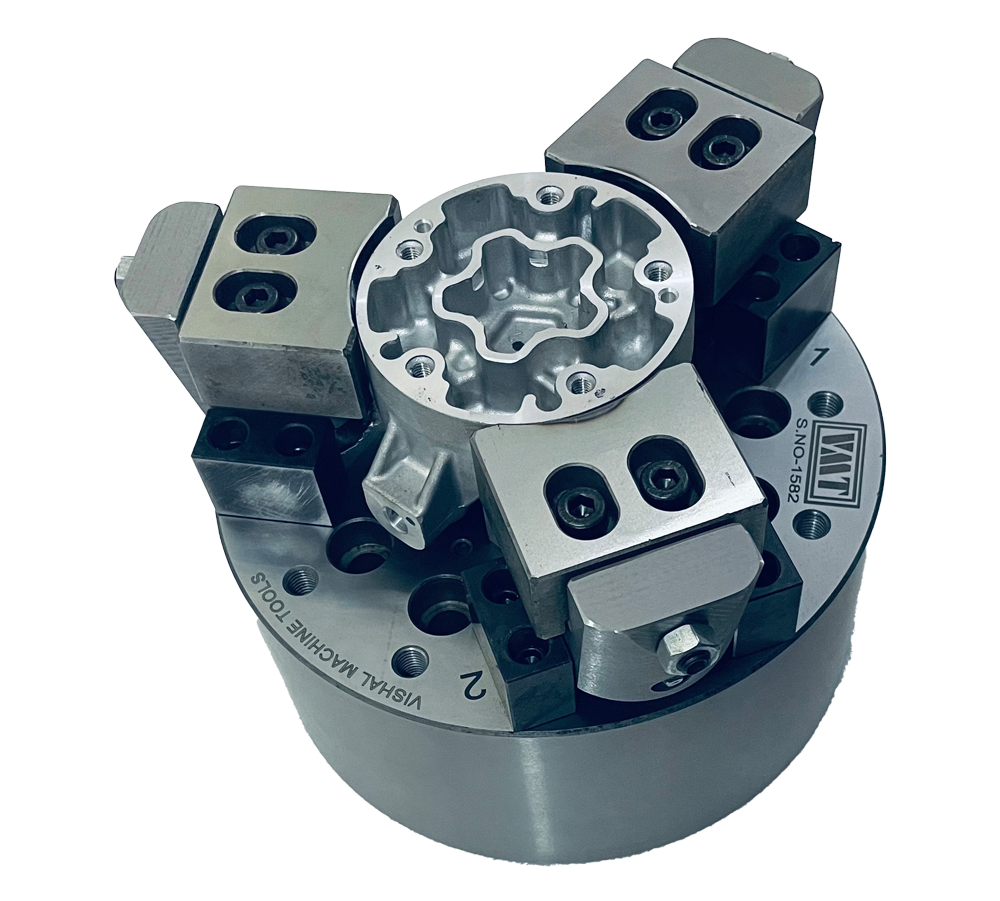Consider choosing between hydraulic and mechanical chucks as picking the best tool for a particular task; there isn’t a universal answer. Though each kind has special benefits that meet various machining needs, how can you choose the ideal one for you?
Clamping Force and Precision
With clamping strengths of up to 890 kN, hydraulic chucks provide safe tool holding in high-performance machining applications. This amount of clamping force is necessary to maintain precision and efficiency during demanding machining operations by avoiding tool slippage or movement.
Conversely, mechanical chucks are superior at precise grasping; they consistently provide 3 microns of runout accuracy. When it comes to machining processes, where minute details are crucial, this accuracy is essential to maintaining tight tolerances.
Vibration dampening and Runout Accuracy
Effective vibration dampening by hydraulic fluid in hydraulic chucks results in better surface finishes and longer tool life.
Conversely, compared to hydraulic chucks, mechanical chucks sometimes have less ability to absorb vibration.
Hydraulic chucks are excellent at runout accuracy; they usually provide runout values of around 3 microns. This great degree of precision ensures the accuracy and best possible quality of your machining products.
Tooling Performance and Material Considerations
Clamping forces of up to 890 kN make hydraulic chucks excellent for heavy-duty work and hard material machining, such as titanium and Inconel. Hydraulic fluid specifically reduces vibrations during precision work, thereby enhancing tool life and surface smoothness.
Conversely, although flexible and user-friendly, mechanical chucks could not provide the same degree of accuracy or increase in tool life as hydraulic chucks or clamping forces.
Productivity and Efficiency Comparison
When compared to shrink-fit holders, hydraulic chucks provide up to 40% greater tool life due to their increased gripping power. This longer tool life corresponds directly to higher cutting process efficiency. Furthermore, by serving as vibration dampers, hydraulic chucks enhance surface finishes and minimize tool wear, thus increasing productivity.
Conversely, mechanical chucks guarantee effective machining operations by offering strong gripping pressures of up to 890 kN. Their strong radial stiffness ensures better runout precision and extends the life of the tool.
Conclusion
Finally, consider your particular machining needs when choosing between hydraulic and mechanical chucks.
For high-performance cutting jobs, hydraulic chucks provide strong clamping forces and vibration dampening qualities; for many other applications, mechanical chucks give exact grasping and reliable runout precision.
